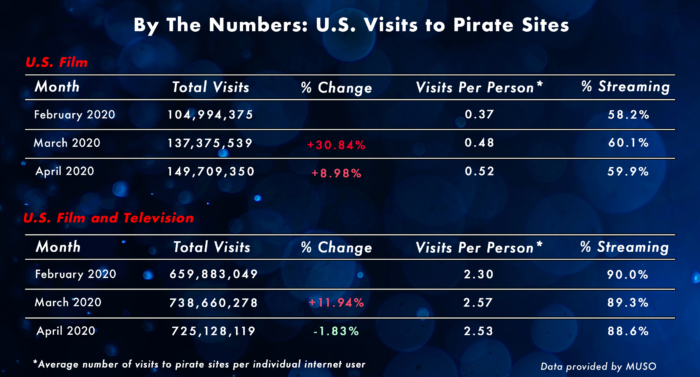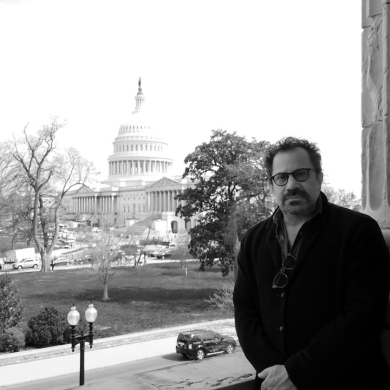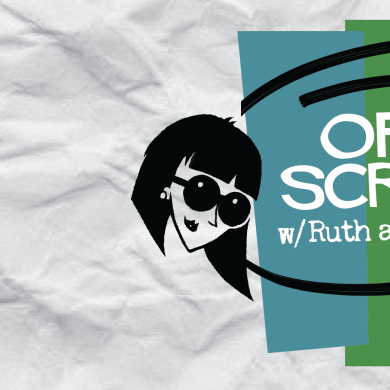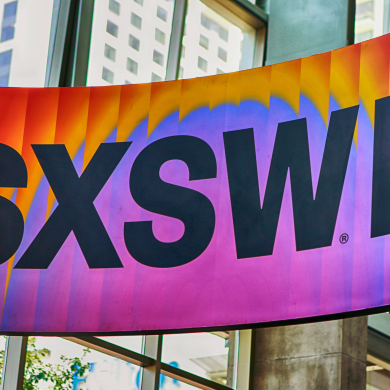We want to express our heartfelt solidarity with the individuals, families, and communities in crisis.
Our nation is hurting. Centuries of violence against black communities have left us hoping for justice and for peace and equality. As a community, we must do better to promote reconciliation and equality for all.
Against this backdrop of unrest and a global pandemic, millions of Americans in the creative communities are out of work. The world’s sets, stages, arenas, cinemas, concert venues, and other places where we gather to enjoy art and entertainment are closed.
Right now, Broadway is still on lockdown in New York, to say nothing of the thousands of professional off-Broadway and regional theaters throughout the rest of the country. One shuttered show can upend the livelihoods of hundreds of cast and crew members, from the actors to the set designers to the stagehands, and beyond.
Multiply that by the thousands of live music venues large and small and for musicians across this country – the scope is unimaginable.
A single film on production hiatus for months can have the same effect – and, the result may be that it is never completed.
Just when our country most needs the healing power of entertainment, our communities are unable to meet that need. That is why, now more than ever, CreativeFuture is fighting to defend the rights of the creative communities. And that is why we cannot stop that fight, even as our nation faces a host of other critically important issues. We can and should tackle all of these issues now, because none of these problems will vanish on their own.
During this work stoppage and the shelter in places orders, the creative communities can only reach audiences by streaming our work into homes, making it more important that the streaming marketplace is robust and protected from digital piracy. The health, pension, and welfare plans of the industry’s unions and guilds are funded by residuals from legitimate streaming. For these reasons, protecting the streaming marketplace is more urgent than ever before.
Unfortunately, during this time with the global population sheltering in place, streaming piracy has hit an all-time high.
According to MUSO, a highly regarded UK-based analytics firm that tracks the global piracy ecosystem, there was a 31% increase in U.S. visits to digital piracy sites from February to March (during which shelter-in-place orders were taking effect across the country). During April, with much of the country in isolation, MUSO found a 43% increase in piracy visits as compared to February. 60% of that piracy was through streaming. You can find a chart below breaking down the U.S. visits by month from February through April. We will continue to update these statistics as the numbers become available.

To give a sense of the scale: During the month of February, before widespread COVID-19 infection in the U.S., there were 104,994,375 visits to pirate sites. In March, as the country came to a standstill, that number spiked to 137,375,539. And, as the shelter-at-home orders remained in place in April, the number ticked up further to 149,709,350.
One tool that our communities use to police this massive illegal streaming ecosystem is the notice and takedown system established by the Digital Millennium Copyright Act, or DMCA, a law written 22 years ago that still governs how infringement is dealt with on the internet. Through its notice and takedown system, individual copyright owners must take on the burden of policing the entire internet themselves and send a notice (assuming they can find someone to send it to) when they find an infringement. If the notice is sent to a legal streaming site like YouTube, the specific infringement is usually taken down in compliance with the law. If it is an illegal piracy site, sending a notice is generally a complete waste of time and effort.
On June 2, the Senate Intellectual Property Subcommittee held a hearing as part of its year-long review of the DMCA to assess whether this system is working. The Hearing, which posed the question Is the DMCA’s Notice-and-Takedown System Working in the 21st Century?, evaluated the DMCA’s Section 512, which created the notice and takedown system. It also contains a safe harbor that shields online service providers from liability for the infringements of their users.
Here is the bottom line about Section 512: It is not working for creatives.
But it does work for some. It seems to work very well for large online companies operating search engines, user-generated-content and social media platforms, and hosting services – not in the sense that it is effective, but in the sense that it lets them enjoy broad immunity from liability in exchange for doing the bare minimum in responding to individual takedown requests.
The onus is placed upon us – the creatives, not the internet giants – to locate stolen sources and outlets of our work, craft notices, serve them across thousands and thousands of online service providers (at least the ones we can find), and ultimately – as a last and common final resort – be forced to file suit in federal court.
When Congress passed the DMCA in 1998, it did not envision that a copyright owner might have to send hundreds or thousands of individual URL-based requests for identical pieces or content to the same online service provider and still have that same movie, music, photograph, or book appear online again and again without permission.
The DMCA was meant to give the creative communities effective tools to keep pirated content offline. Section 512 was not intended to give immunity to online service providers solely in exchange for operating notice-processing systems at scale – and, at scales that always stay one step behind a level of piracy so vast, it costs the U.S. economy at least $30 billion in lost revenue and as much as $70 billion each year.
We are proud of the work of the creative communities. It is shameful that this country’s laws do not put a premium on protecting that work. The DMCA has operated to allow the largest internet platforms to profit from our work without compensating us. And today, those platforms remain largely untouched by the work shutdown that has shaken our communities to their core. They continue to thrive while creatives are hurting more than ever before.
So, what could Congress do?
Congress’ DMCA oversight hearings are an important start. The American public needs to hear about these issues. We thank both Chairman Thom Tillis and Ranking Member Chris Coons for doing the difficult work of gathering as much information as possible on both sides of the issue.
Second, the DMCA envisioned collaboration among online service providers and the creative communities to develop technical solutions to piracy.
There have been some successful examples of this collaboration. Several years ago, at the request of Members of Congress, major payment processors (credit card companies) agreed to work on solutions to combat piracy – and now, it is very difficult to use credit cards on traditional piracy sites.
The same kind of Congressional persuasion could help to motivate cooperation by hosting services like registries, registrars, and proxy services that piracy operations use – all legitimate businesses that should not want to facilitate criminal operations. Further, companies like YouTube can expand access to effective copyright infringement identification tools like Content ID – something they have previously refused to do even when asked to do so by this Congress.
We ask that Congress restore the balance intended when they crafted the Digital Millennium Copyright Act 22 years ago. This can be achieved through greater collaboration and innovation in reducing piracy and infringement. If that fails, then perhaps new legislation is what we need.
#StandCreative



